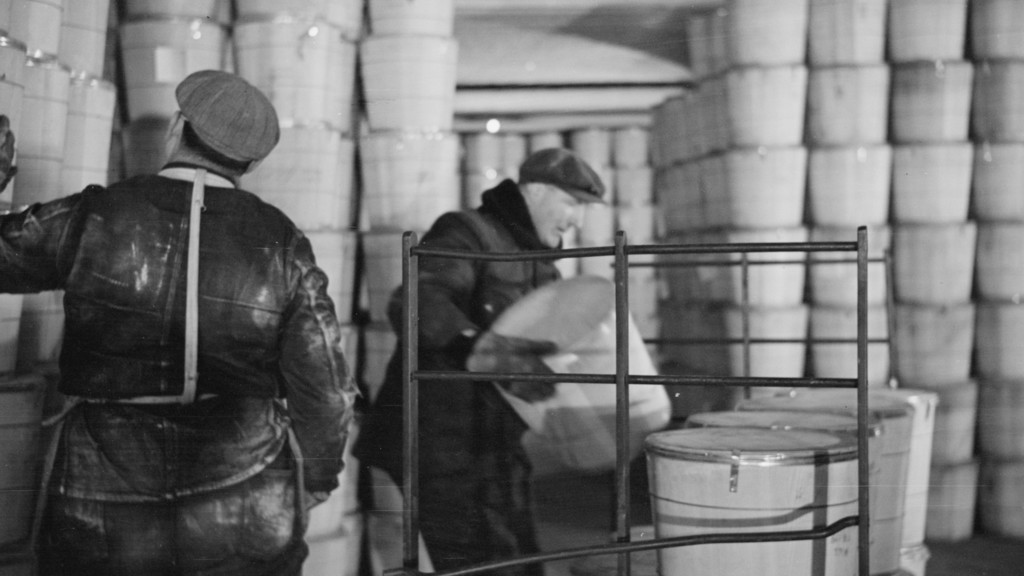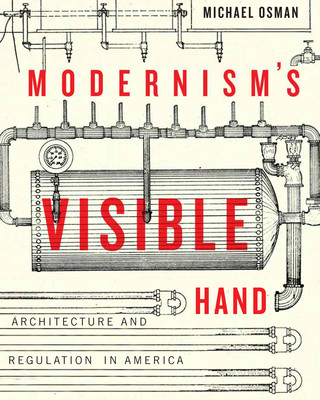
Book Review: Michael Osman's "Modernism's Visible Hand" in The Architect's Newspaper and Avery Review
Dec 30, 2019
What is the origin of “room temperature?” When did food become considered fresh or not fresh? Why do we think management makes things more efficient? The answers to these questions share a history with architecture and regulation at the turn of the twentieth century. Drawing on a range of previously unexplored archival resources, Associate Professor Michael Osman's latest book Modernism's Visible Hand: Architecture and Regulation in America examines the increasing role of environmental technologies in building design from the late nineteenth century—from cold storage and scientific laboratories to factories.
The book was recently reviewed in The Architect's Newspaper by Jesse LeCavalier who asserts that beyond offering a brilliant reassessment of the emergence of modern architecture, also, like the best history, illuminates our contemporary condition:
Thermostats, refrigerators, dioramas, slide rules, organizational charts, paperwork—these are some of the elements Michael Osman scrutinizes in his book Modernism’s Visible Hand: Architecture and Regulation in America, which examines the “crossing points among architectural design, management, and environmental control” to reconstruct the regulatory apparatus of American architecture between the Civil War and World War I. Osman is part of the architecture history collective Aggregate, whose 2012 book, Governing by Design, significantly reconfigured the field by asserting a “shared conviction that agency is complex; that authorship of the built environment is dispersed across multiple registers comprising not only architects and designers but also many other kinds of producers and consumers, along with a multitude of associations, institutions, and bureaucracies.” Osman’s latest book takes up a similar approach to explore the ways in which an emerging regulatory imagination at the turn of the 20th century shaped the built environment at range of scales and levels: domestic interiors, industrial warehouses, natural history museums, laboratories, factory floors, and finally the architectural office itself. Osman animates this material to dazzling effect, showing how management of the built environment enrolled people, commodities, nature, time, labor, and design in regulatory regimes, often by transforming them into legible and fungible economic units.
In another recent piece in The Avery Review, Alexander Wood credits Osman for developing a new approach to the history of mechanical building technology:
Instead of looking at iconic projects that had little influence on practice, Osman looks at the kinds of vernacular buildings that formed the bulk of building production. Focusing on American building between the late nineteenth century and the First World War, Modernism’s Visible Hand offers a social history of building technology. Drawing upon several bodies of scholarship, Osman seeks to demonstrate how this technology was related to broader patterns of social and economic change.
Related Faculty |
Michael Osman |
Related topics |
Critical Studies, Technology |


- Modernism’s Visible Hand: Architecture and Regulation in America
- Advertisement for a thermostat produced by the Electric Heat Regulator Company. Originally published in American Homes and Gardens 3 [1906]: 262.